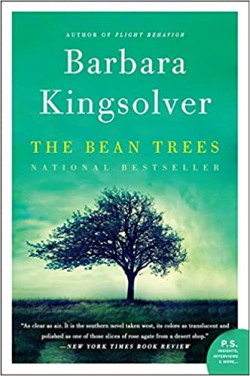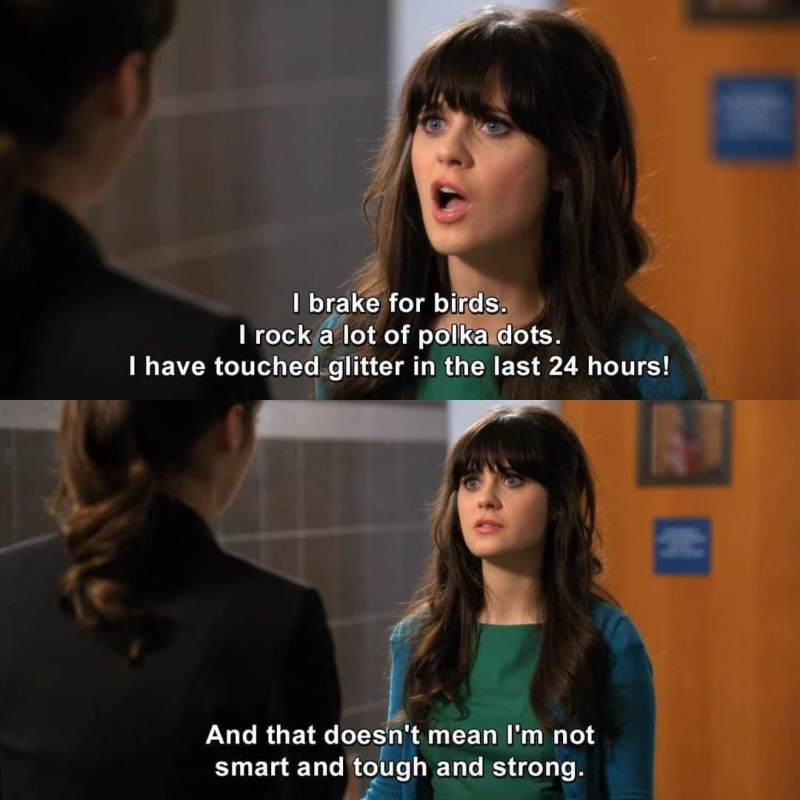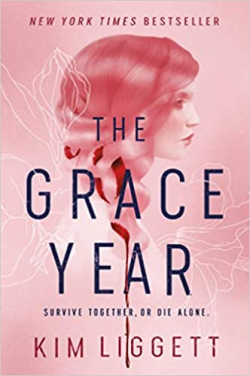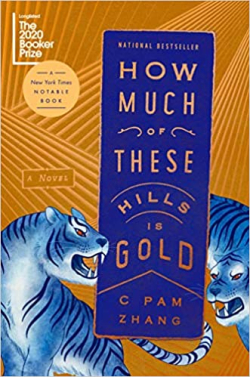Book Review: The Fifth Season by N. K. Jemisin
Wednesday, March 24, 2021
“Neither myths nor mysteries can hold a candle to the most infinitesimal spark of hope.”
Back in 2017 when we were planning a family trip to Hawaii, I knew I needed to find THE BOOK. Long and compelling and well-written but not TOO literary (“beach read” means something different to me than most people, I have learned!), thoughtful but not too dense. After much thought and book perusal, I chose The Fifth Season and The Obelisk Gate, even though they broke my rule of “no unfinished trilogies” because A. It’s N. K. Jemisin and B. The third book was being released just a few months after our trip.
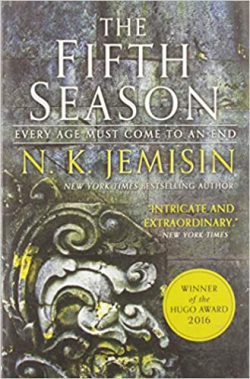 I picked correctly: The books were perfect for a trip to Hawaii. (Yes, I did bring both!) The world of the books is brutal, vicious, and stony, hard and unrelenting, which somehow connected a bit to the Big Island landscapes, but the story is not of this world. Or, at least…not of this version of the earth where we live. It is set on a planet that seems to be made of just one enormous continent (although no one is sure as this is not a true seafaring age) that is constantly rumbling and erupting and quaking. The “fifth” seasons are the times when something huge happens in the world’s geology, causing a shift in the environment that will drastically challenge humanity’s ability to survive on the planet at all. Communities prepare for fifth seasons, and keep records of the past ones with rules that helped people make it through the fifth seasons, so that humanity can survive.
I picked correctly: The books were perfect for a trip to Hawaii. (Yes, I did bring both!) The world of the books is brutal, vicious, and stony, hard and unrelenting, which somehow connected a bit to the Big Island landscapes, but the story is not of this world. Or, at least…not of this version of the earth where we live. It is set on a planet that seems to be made of just one enormous continent (although no one is sure as this is not a true seafaring age) that is constantly rumbling and erupting and quaking. The “fifth” seasons are the times when something huge happens in the world’s geology, causing a shift in the environment that will drastically challenge humanity’s ability to survive on the planet at all. Communities prepare for fifth seasons, and keep records of the past ones with rules that helped people make it through the fifth seasons, so that humanity can survive.
Within this world, there are different “use castes,” the roles that people taken on within their communities. And then there are orogenes, who have the ability to “sess” the earth. When trained, they can stop earthquakes, maintain harbors, settle volcanoes. They can also use their orogeny to draw power from the earth and living things in order to kill. This ability to kill overrides their ability to calm the earth; the societies fear orogenes and when their abilities (which are genetic) become known as children, they are often killed. Those who aren’t are gathered by Guardians, people who have an ability to control orogenes, and taken to the Fulcrum where their abilities are honed until they can control them.
Essun, the main character, is a woman orogene who is passing as a teacher in a small community. She has a husband and two children, both of whom are also orogenes, but she is keeping that a secret. When her husband discovers the children’s abilities, he kills the younger son and kidnaps the older daughter. At the same time, a huge event has happened, an enormous earthquake that has literally broken the continent in two, setting off a fifth season that might not be survivable. When Essun discovers her dead son, she sets out across the continent, trying to catch up with her husband so she can kill him and get her daughter back.
One of the things I love about Jemisin’s work is that it is unlike anyone else’s. Is this science fiction? Yes, as is it’s based on geology and plate tectonics. Does the “magic” of orogeny make it fantasy? Maybe, except it’s not really magic because there is a biological source for the ability. It is, I suppose, post-apocalyptic. And apocalyptic as the world as they know it is ending. It has qualities of dystopian fiction but it is not a dystopia, really. There is a school for extraordinary children. It has governmental and societal controls. It touches on history. It is also deeply connected to humanity’s penchant for environmental destruction. I guess it’s science fiction, but not like anything else you’ve read.
I loved the first two books in this series. I didn’t quite finish the second one until after our trip to Hawaii, and then I bought myself the third one as a Christmas gift. But I never actually read it, because…who knows. Sometimes other books get in the way. Also, I think the story felt so connected to beach and sun and wind and volcanoes that reading it in Utah just didn’t feel right. So The Stone Sky, the final book in the trilogy, sat in my TBR stack.
And then I read The City We Became and I wanted more of N. K. Jemisin. Her style and her creativity and her…something. Her flare.
But starting up with a third book after finishing the second more than three years ago seemed intimidating. So I decided to listen to the first two books.
Last night I finished The Fifth Season. I was trying to explain to Kendell just how good it was, and I honestly just couldn’t. Partly because understanding why I like it so much requires an understanding of books, genre, writing approaches, gender studies and the history of racism and literary theory and all of that is knowledge he doesn’t care about (as a person who doesn’t really love reading. Which is fine.) So I’ve been thinking to myself: Why do I like this story so much? This writer, yes, but specifically this series?
And I think it’s this: nothing is wrong in the world except what is always wrong. Racism. Being a part of a community but only if you perform the ways you fit in and hide the ways you don’t. The loss of history and thus the loss of the ability to learn from our history. The unyielding way humanity breaks the world that made us. People controlling others out of fear. How belief in religion or myth or tradition can cause us to make blind, illogical decisions that hurt us in the end. The way we create civilizations and cities and towns, which are really fairly amazing creations, but then we always somehow set about destroying them at the same time. People being cruel to other people. The compromise that some groups of people have to make in order for others to thrive. This is the way the world with humans is.
In a sense, it is unrelentingly bleak. But she manages to balance this with other things. The communities Essun becomes a part of during her life. The ways she learns to stand up for herself. The endlessly creative ways that people create living spaces—there is one community, mostly women, that lives within an enormous geode, for example.
It isn’t really a hopeful book, but it isn't full of gloom either. I don’t think every reader will love it, as the writing style is not thoroughly mainstream and the story isn’t fluffy. But those qualities are part of why it is so good to me. It doesn’t drown you with despair (a la GOT) but it also doesn’t lift you up with false optimism. For me, good science fiction is less about the “realness” of the science (several reviewers complained that this is fantasy, not science fiction, because the sessing ability is like magic) than about the way that people live within the science, and that is what N. K. Jemisin does here. She creates a world controlled by implacable scientific forces, many of which are the result of human meddling, and then sets her characters lose to live there.
It is real and vibrant and yes: so good.
